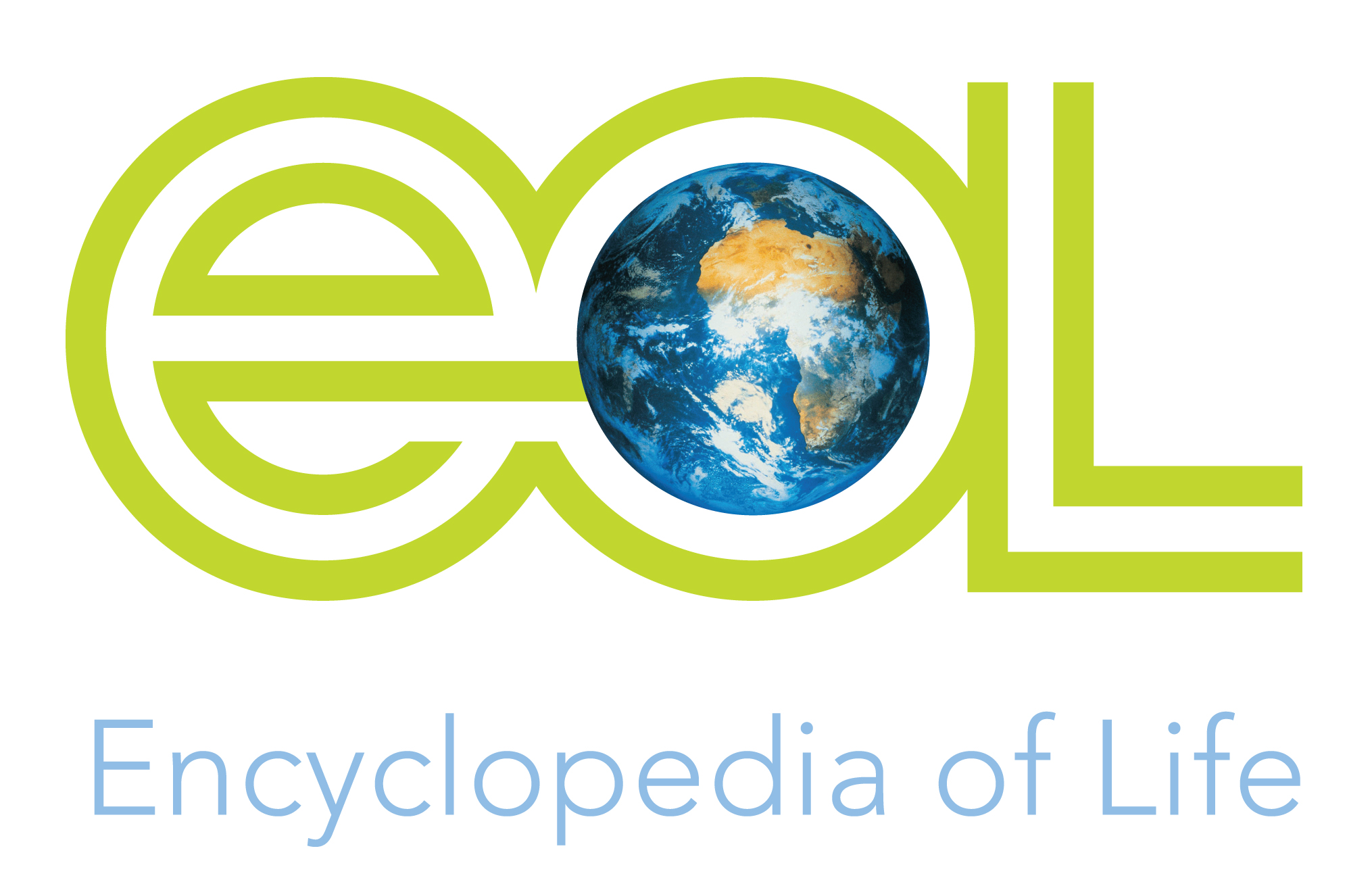habitat_narrative
Marine
Stenella species are relatively small dolphins, often inhabiting coastal and offshore tropical and subtropical waters, with distributions that overlap in many portions of their range (Moreno et al. 2005). Spinner Dolphins occur throughout tropical waters and warm temperate regions, often within inshore waters or around islands and banks; although in the eastern Tropical Pacific they are frequently seen in deep pelagic regions several hundred kilometres from the coast. Spinner Dolphins in the western Atlantic have been observed in tropical waters over the continental shelf and slope, in waters ranging from 170 m to 2,700 m deep.While little local information is available for this species, in Hawaii Spinner Dolphins travel in groups of up to a few hundred. The characteristic spinning behaviour exhibited by this species is most likely attributed to communication (Norris et al. 1985), but an alternative hypothesis is that this behaviour aids in the removal of ecoparasites or commensals (Perrin & Gilpatrick 1994). The first of a series of descending leaps can reach a height of 3 m (Norris et al. 1985; Perrin & Gilpatrick 1994). Most Spinner Dolphins feed predominantly at night, on small (< 20 cm) midwater fish of many different families (including Myctophids), squids, and sergestid shrimps (Perrin et al. 1973; Dolar et al. 2003). Spinner Dolphins are suggested to hunt at greater depths and at different times of the day, compared to Pantropical Spotted Dolphins. There is currently no data attributed to the diet of Spinner Dolphins from South African waters.
A newborn calf from the waters off KwaZulu-Natal was 0.83 m in length (Ross 1984), although in the eastern Pacific average length at birth was recorded at 0.77 m (Skinner & Chimimba 2005). Seasonality in reproduction of Spinner Dolphins appears to vary depending on habitat and distribution (Barlow 1984). Both males and females reach sexual maturity at lengths of 1.6â1.7 m, usually at an age of 6â9 years in males and 4â7 years in females, although again, there is some variation between populations (Perrin & Henderson 1984). Approximate calving interval is three years.
Ecosystem and cultural services: Bycatch mitigation measures to reduce Spotted Dolphin (and Spinner Dolphin) entanglement in fishing gear in the Pacific led to the phrase âDolphin friendly tunaâ.

